From Coal Dust to Classroom: How Edward Alderton Built a University Behind Barbed Wire
- Izzy Sumner
- Jun 11
- 4 min read
Imagine turning a Nazi POW camp into a thriving university with 5,000 books, 90+ subjects, and exams recognised by Oxford. This wasn’t fiction—it was the life’s work of Edward Alderton, a coal miner’s son who transformed wartime imprisonment into a revolution in education. His journey from Durham’s "black county" to liberating minds in Hitler’s prisons reveals the unbreakable power of learning.
A Humble Beginning in Wheatley Hill
Born in September 1916 in Wheatley Hill, Durham, Edward was the youngest of Frederick and Hannah Alderton’s fifteen children. His world was defined by hardship:
Tragedy at 11: His mother, Hannah, died in 1927, leaving his coal-miner father struggling.
Family shame: In 1930, Frederick was jailed for stealing £445 from the Wheatley Hill Miners’ Lodge, where he served as treasurer.
Scholarship against odds: Despite poverty, Edward excelled at Wellfield Grammar School. Teachers praised his "independence of thought, which is refreshing," and he won rugby colours while serving on science and literature committees.
“I am in exceptionally poor circumstances in one of the black areas of a very black county.”—Letter from Alderton to Rev. South, 1935
His 1935 admission to St Anselm Hall at Durham University was so impressive, the interview was waived. He scraped by on grants:
£35 from Durham County Education
£35 from the Board of Education (for aspiring teachers)
£60 as Sherburn Grant in 1936
A desperate letter asking about second-hand gown costs
But crisis followed: his father’s illness, £72 in unpaid fees (equivalent to £5,000 today), and the demolition of their colliery home in 1938.
From Oxford Scholar to RAF Sergeant
Edward suspended studies at Manchester University in 1939 to join the RAF’s 102 Squadron. Five months after marrying June Soulsby, his Wellington bomber was shot down over the Netherlands on August 14, 1941. Captured near Terwispel, he was met by a surprising face: a German soldier he’d known at university.
Imprisoned at Stalag Luft III (site of the Great Escape), he faced a new battle of mental stagnation. Eventually, in mid-1942, he launched the Barbed Wire University. Edward ran the Barbed Wire University in two camps, Staleg III and, from June 1943, in Stalag Luft VI in Heydkrug (now Lithuania).
The Birth of the “Barbed Wire University”
The Setup
No desks? Students studied on bunk beds or in the night latrine.
No light? Lamps were crafted from Red Cross cheese tins, wicks from suspenders soaked in dubbin.
No books? The Red Cross and Oxford’s Bodleian Library built a 5,000-volume library, with only 3 books lost in 2 years.
“I’ve just been taking an exam… We had to work with hurricane lamps, and halfway through I had to give them five minutes of P.T. to warm ’em up.”— Alderton, recalling a November exam session
The Impact
90+ subjects, including Portuguese, hotel management
Special class for the illiterate
A copy of the University prospectus was sent to the King & Queen. Edward's copy remained one of his most prized possessions for the rest of his life.
1,800 exam candidates in 1944, with a 90% pass rate.
Notable students:
Norman Hennessey, studying theology 8 hours/day to become a curate
Phil Eyles, a London taxi driver taking a London University matriculation
When evacuated in 1944, prisoners marched to Fallingbostel—carrying only what they could hold. Edward's journey was probably around 600 miles as he was taken first to Toruń (Poland) and then onto Fallingbostel (North West German). Alderton’s final Red Cross request? To track exam scripts for postwar rehabilitation.
Post-War: From UNESCO to Adult Education Pioneer
Liberated in April 1945, Alderton returned to England with a vision: lifelong learning should be a right, not a luxury. After completing his degree at Oxford, he joined UNESCO in Switzerland and Germany before settling in Kent as the first Principal of the Bexley Adult Education Centre (1950–early 1980s). Under his leadership:
200+ courses offered—everything from drama to archery
3,000 learners enrolled annually
A theatre (the Edward Alderton Theatre) founded on site in 1951
He also served as national president of NALGO (now Unison) in 1978, championing union members’ rights to educational opportunity, and sat for 20 years as a Bexley Justice of the Peace.
Legacy: A Theatre, a College, and Countless Lives Changed
Edward and his wife, June, suffered a crushing personal loss in 1947 when their infant son, Paul, died— a grief he carried always. Yet his professional legacy flourished.
Alderton fought for workers’ rights:
1978 National President of NALGO (now UNISON), pushing educational opportunities
20 years as Bexley Justice of the Peace
40-year Rotarian supporting global charities
“A powerful performer, held in high esteem. A well-educated, well-spoken man who was a great raconteur and communicator.”— Colleague Ron Hill
Today, Learning and Enterprise College Bexley stands on the very grounds where he lived and taught. His Barbed Wire University prospectus, preserved in Bexley Archives, remains a testament to the resilience of mind over matter. And Edward Alderton Theatre still hosts community plays.
“Adversis Major” (Superior to Adversity) —Motto of the Barbed Wire University
Honour His Legacy
Watch one of the theatre’s community productions at the Edward Alderton Theatre.
Share this story—inspire others who believe it’s never too late to learn.
Donate and support local adult-education charities that keep Alderton’s spirit alive.
Edward Alderton showed that even in the darkest times—cold, hunger, captivity—education is liberation. May his story remind us that knowledge is the greatest freedom of all.
Images: Imperial War Museums, Bexley Archives. Historical sources: Durham Miners’ Association, "Barbed Wire University" (Daily Express, 1945), POW liberation questionnaires.










































































































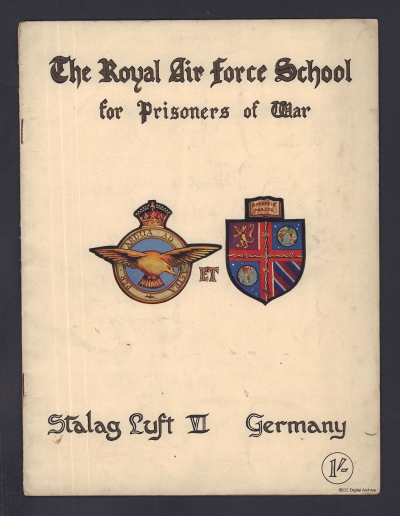



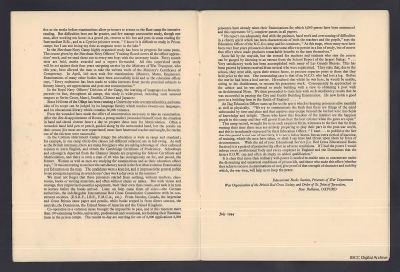



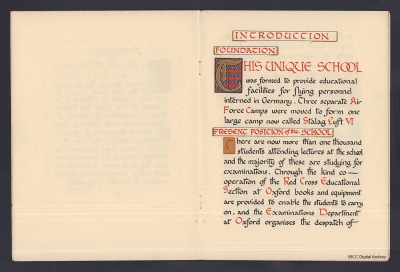

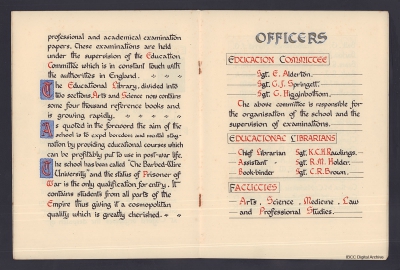

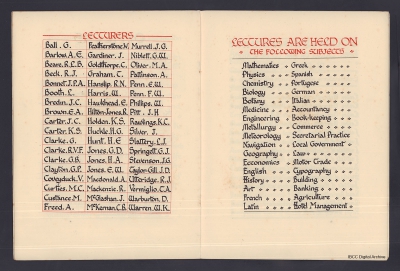



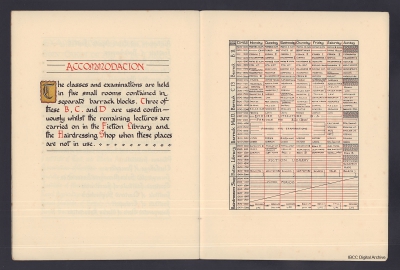

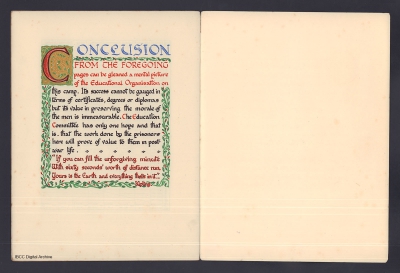














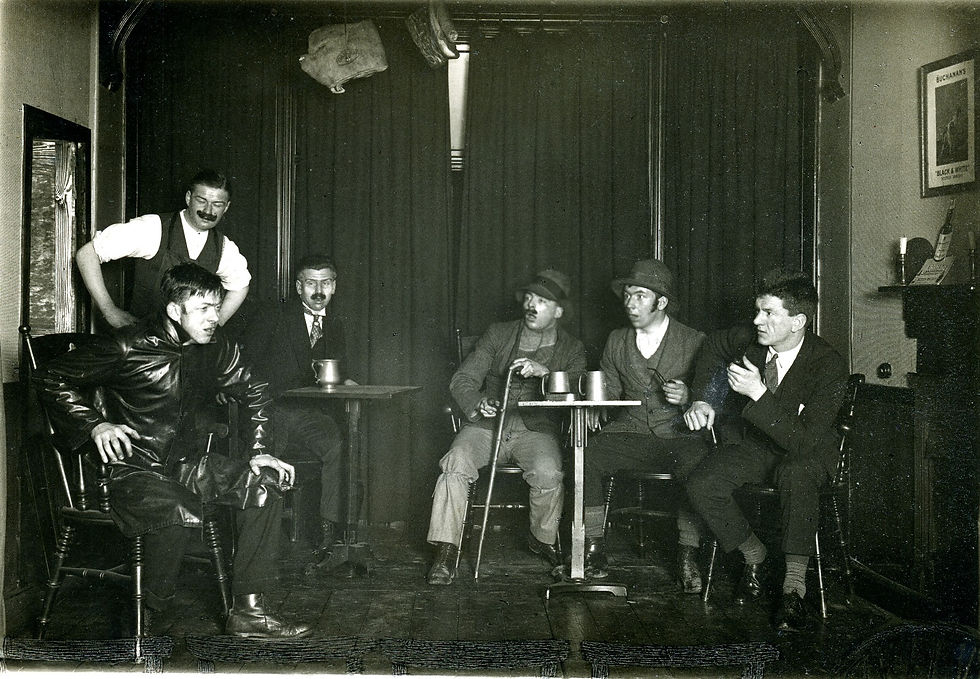

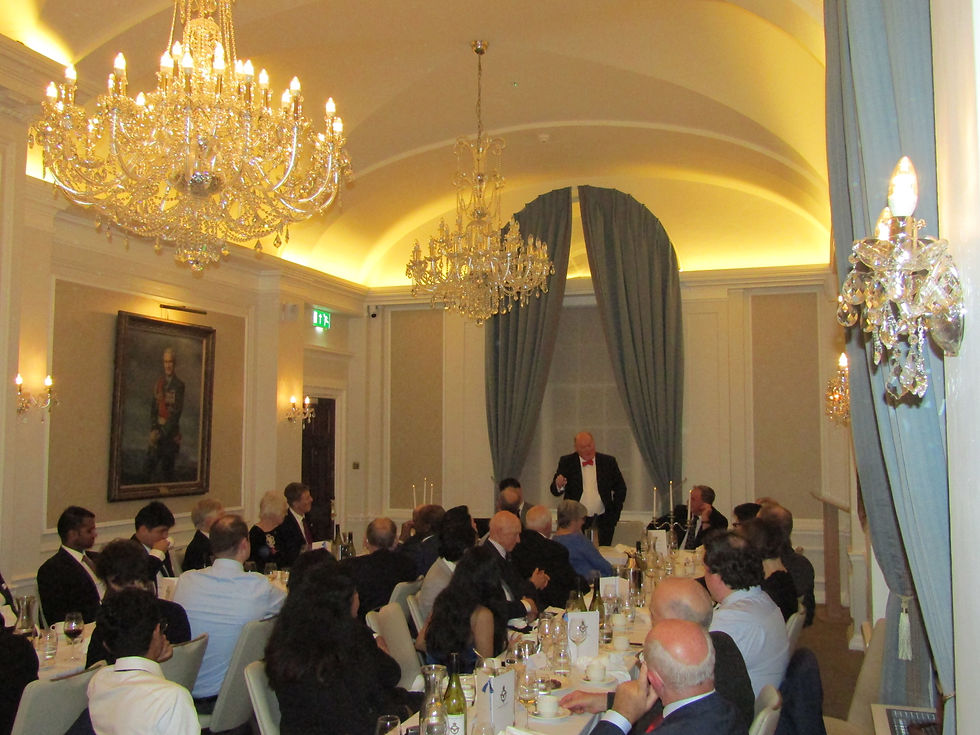
Comments